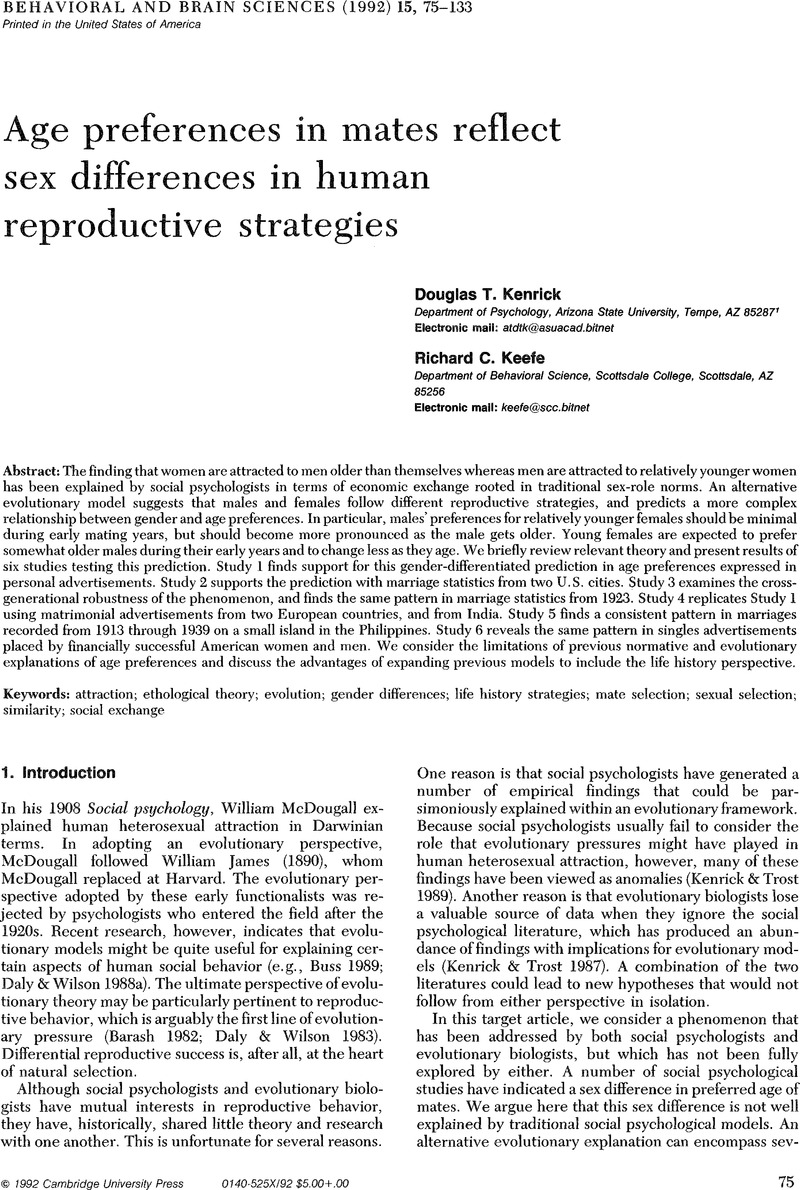Crossref Citations
This article has been cited by the following publications. This list is generated based on data provided by Crossref.
Rasmussen, Jeffrey Lee
Rajecki, D.W.
Ebert, Anita A.
Lagler, Kathy
Brewer, Candice
and
Cochran, Elizabeth
1998.
Age Preferences in Personal Advertisements: Two Life History Strategies or One Matching Tactic?.
Journal of Social and Personal Relationships,
Vol. 15,
Issue. 1,
p.
77.


